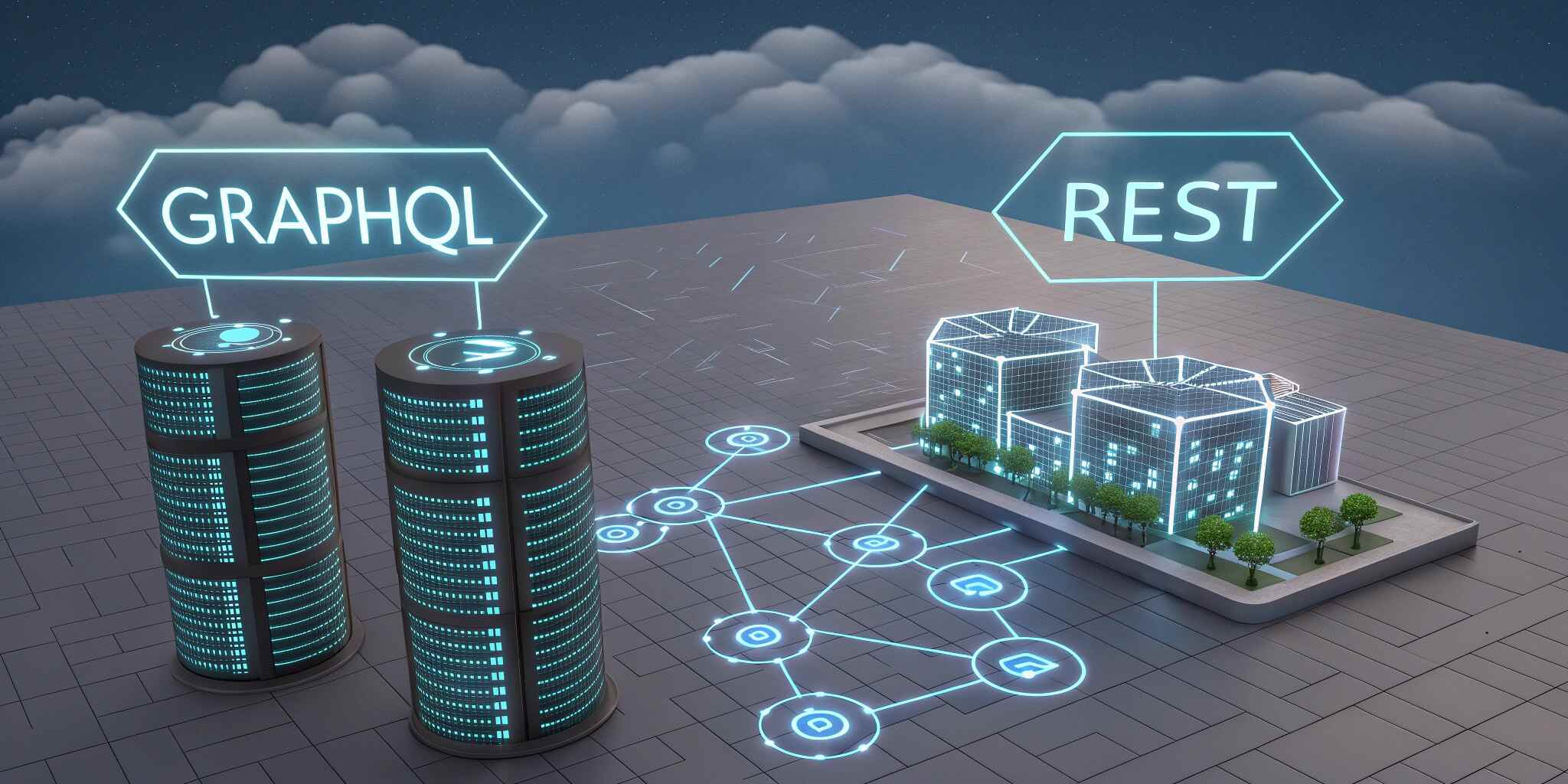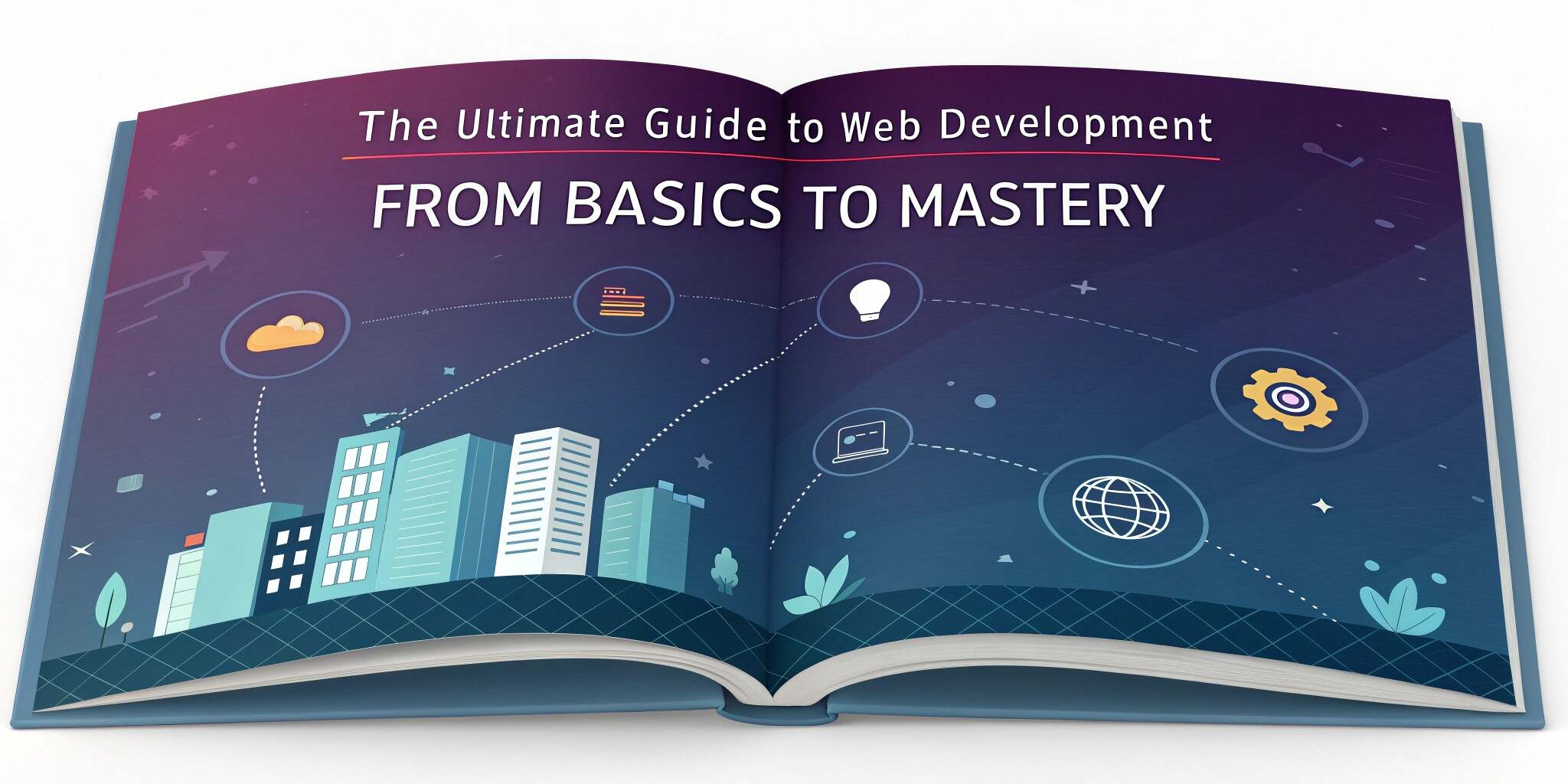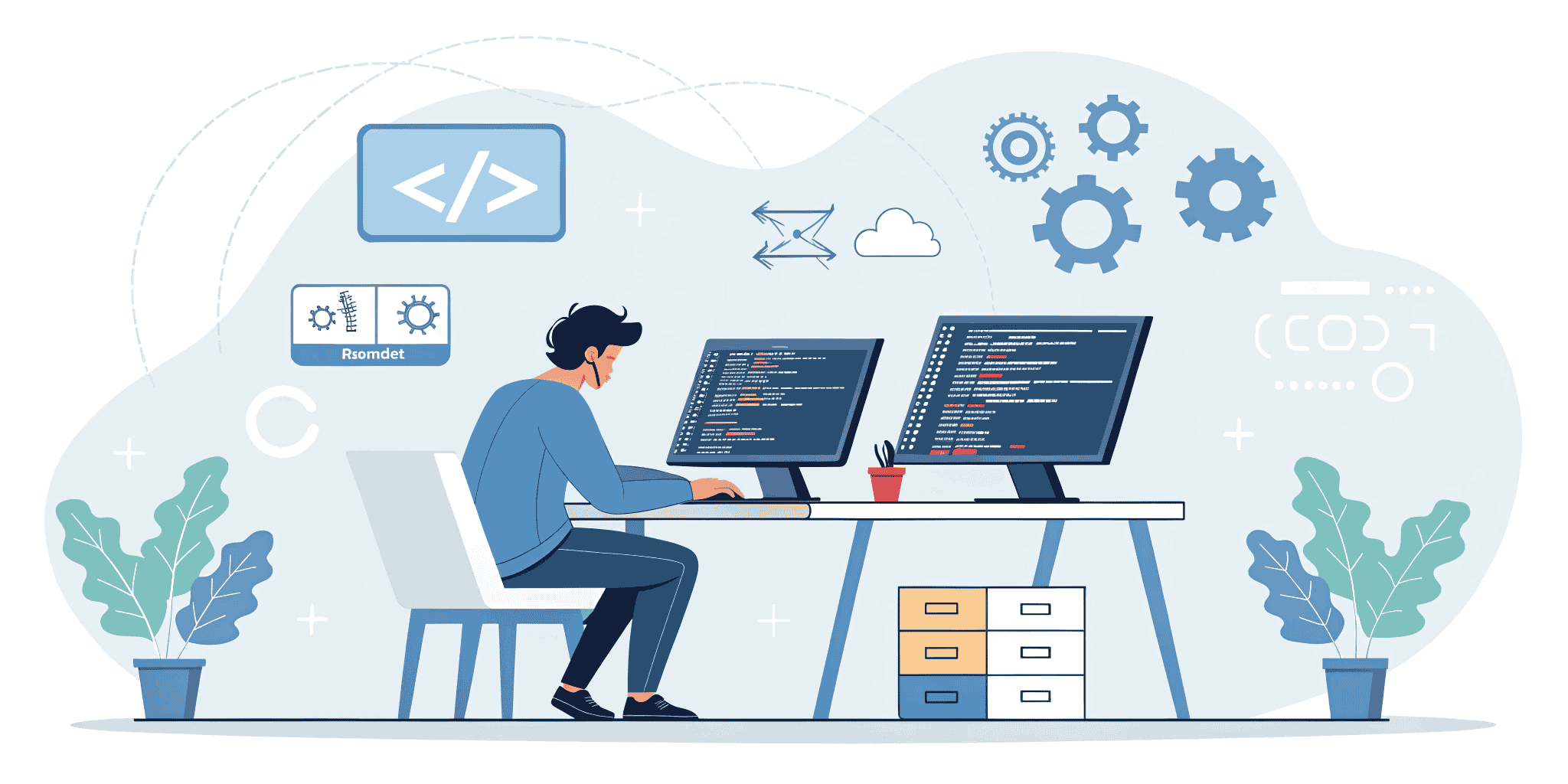Choosing the right API architecture is crucial for building efficient, scalable, and maintainable applications. Two of the most popular approaches today are REST (Representational State Transfer) and GraphQL. While REST has long been the standard, GraphQL is quickly gaining ground due to its flexibility and efficiency. In this post, we'll break down the core differences and help you decide which fits your project best.
What is REST?
REST is an architectural style for designing networked applications. It uses stateless communication and relies on standard HTTP methods (GET, POST, PUT, DELETE) to operate on resources identified by URIs.
Advantages of REST:
- Simplicity and wide adoption
- Caching support
- Works well with standard HTTP tools
- Strong separation of concerns
Disadvantages:
- Over-fetching and under-fetching of data
- Multiple round trips to the server for related data
- Rigid endpoint structure
What is GraphQL?
GraphQL is a query language and runtime for APIs, developed by Facebook. It allows clients to request only the data they need and returns it in a single response.
Advantages of GraphQL:
- Flexible and efficient queries
- No over-fetching or under-fetching
- Strong typing with introspection
- Evolving APIs without versioning
Disadvantages:
- Steeper learning curve
- Complexity in caching and error handling
- Potential for large, expensive queries if not managed properly
When to Use REST
- You're working on simple CRUD applications.
- You need broad caching support (e.g., CDN).
- The team is already familiar with REST conventions.
- Third-party tools and services rely on RESTful endpoints.
When to Use GraphQL
- You have complex data structures with nested relationships.
- Frontend teams want control over the shape of the data.
- You're building a client-heavy application (e.g., React, mobile apps).
- You want fewer API versions and more scalable queries.
Hybrid Approach
Many companies use REST and GraphQL together. REST can serve authentication, file uploads, or simple endpoints, while GraphQL powers complex data queries.
Sure! Here are the key differences between GraphQL and REST presented in point-wise format for quick reference:
Key Differences: GraphQL vs REST
Data Fetching
- REST: Fixed endpoints return predefined data. Can lead to over-fetching or under-fetching.
- GraphQL: Clients request exactly what they need in a single query.
Number of Requests
- REST: Multiple endpoints often needed to fetch related resources.
- GraphQL: Single endpoint can fetch all required data in one request.
Response Size
- REST: May return unnecessary data, increasing payload size.
- GraphQL: Returns only the requested fields, optimizing response size.
Versioning
- REST: Requires API versioning (e.g., v1, v2) for changes.
- GraphQL: Avoids versioning by allowing clients to define queries dynamically.
Error Handling
- REST: Relies on HTTP status codes.
- GraphQL: Uses a consistent error format within the response payload.
Caching
- REST: Built-in HTTP caching is widely supported and straightforward.
- GraphQL: Caching is more complex and often requires custom solutions.
Tooling and Ecosystem
- REST: Mature and widely adopted with broad tooling support.
- GraphQL: Newer but rapidly growing with powerful tools (e.g., Apollo, GraphiQL).
Learning Curve
- REST: Easier to learn and implement for beginners.
- GraphQL: Requires learning its schema, query language, and best practices.
Schema & Typing
- REST: No enforced schema; documentation is often manual (e.g., Swagger).
- GraphQL: Strongly typed schema with built-in introspection and auto-documentation.
Security
- REST: Simpler security implementation using standard HTTP practices.
- GraphQL: Requires fine-grained control over query complexity and access control to prevent abuse


